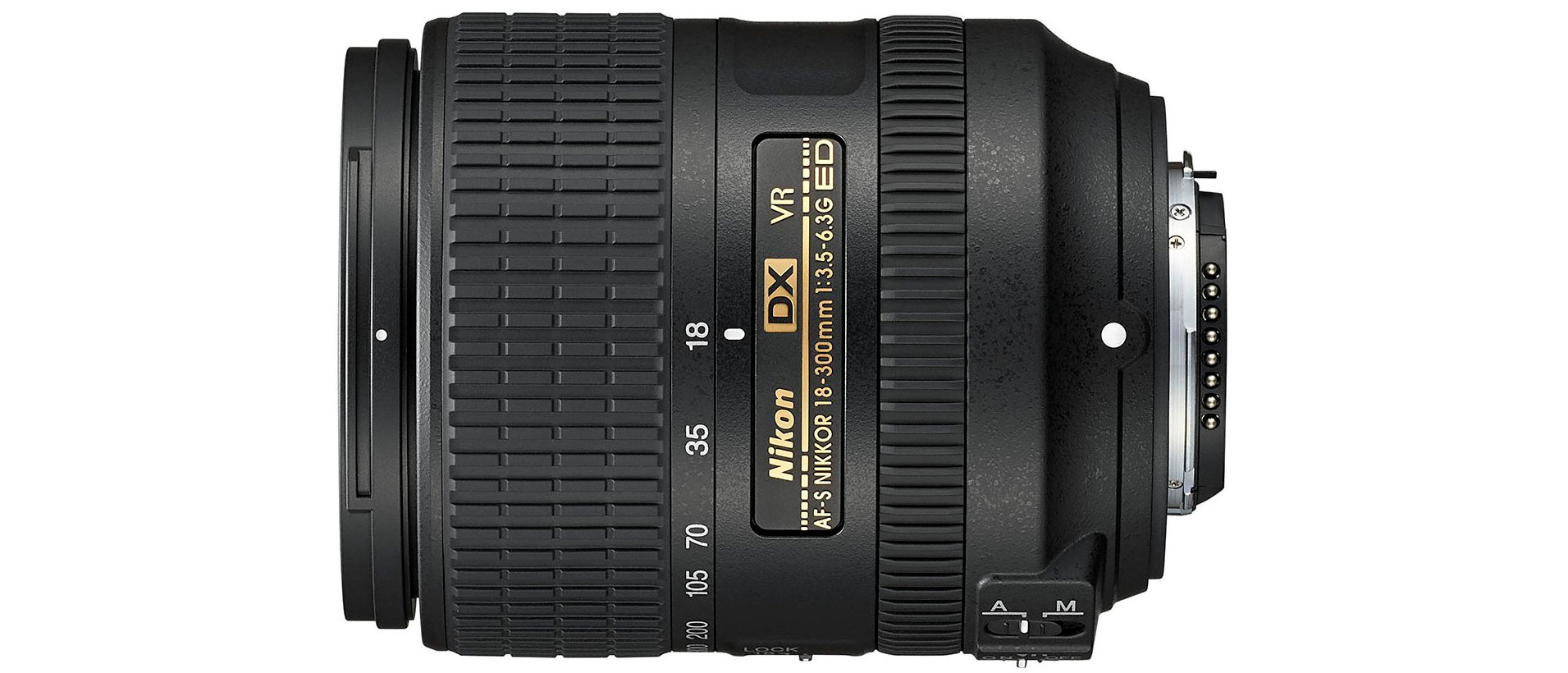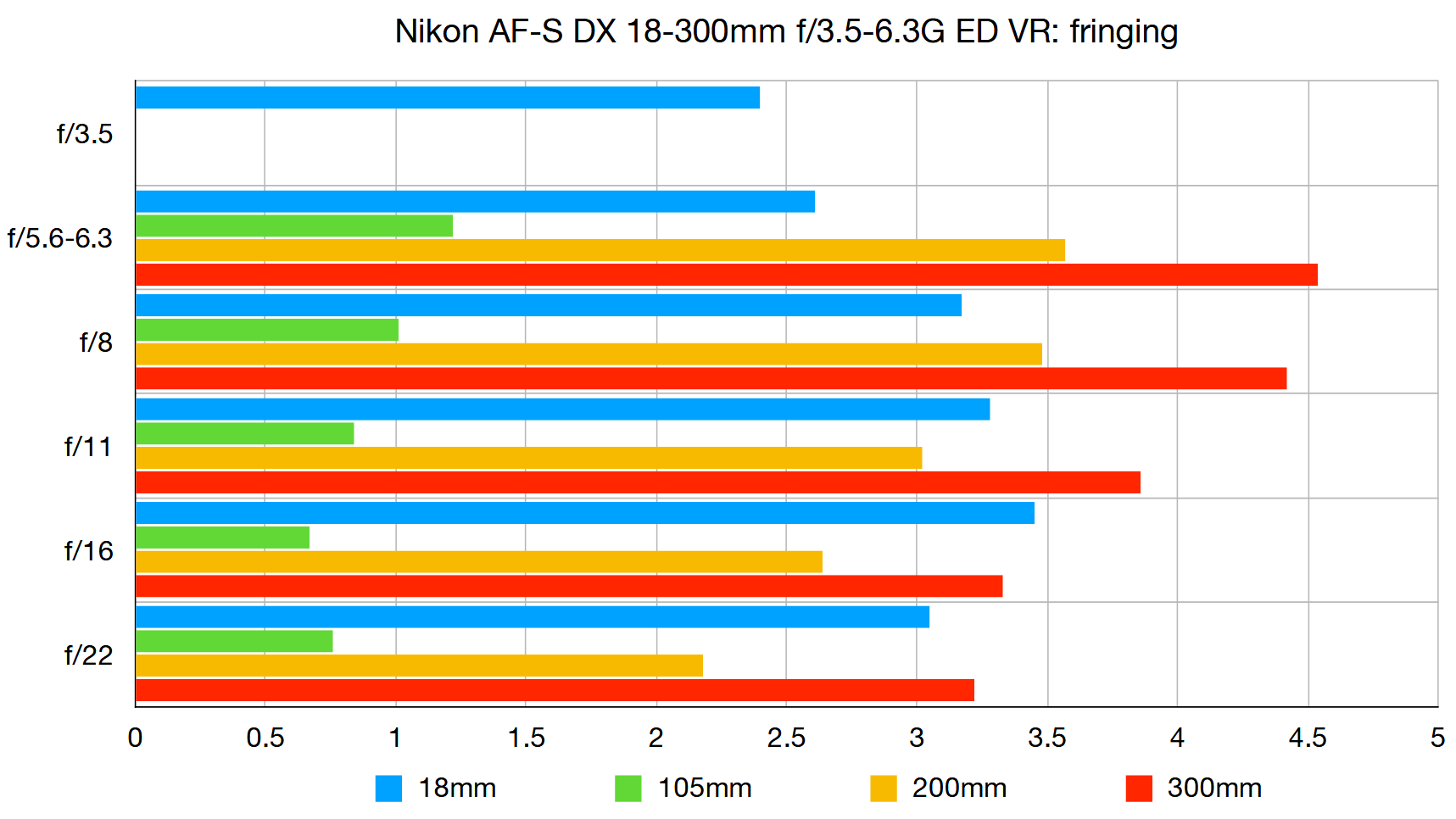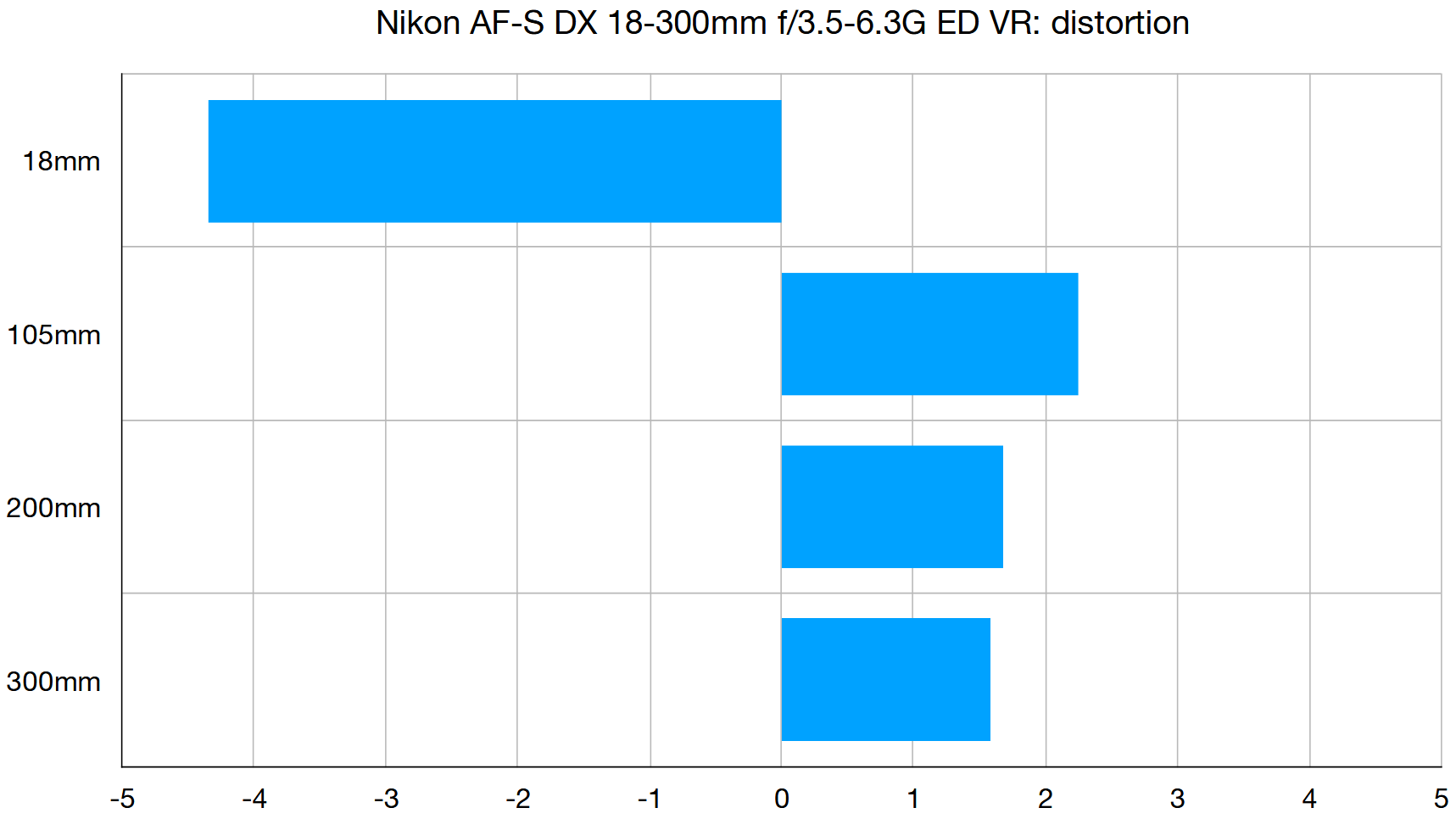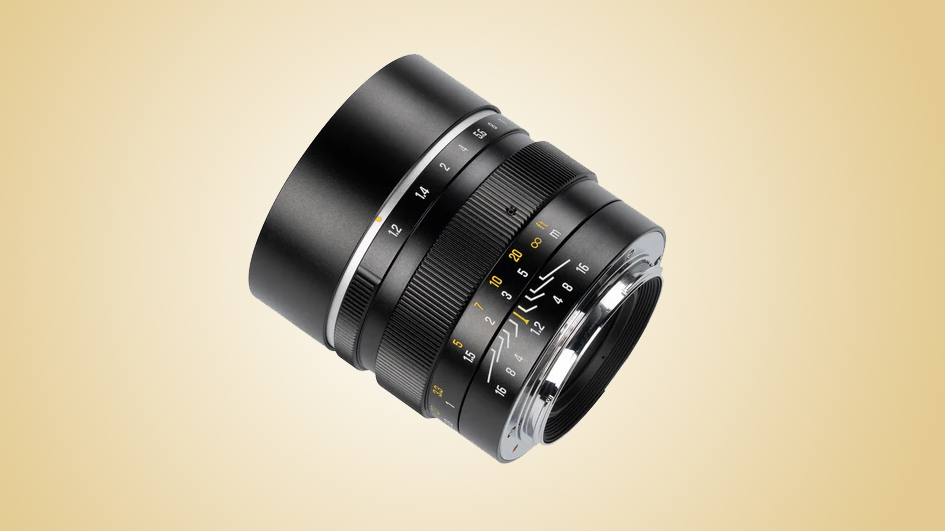Digital Camera World Verdict
A joy of any interchangeable lens camera is that you can fit the right kind of optic for the task at hand. It’s great news, most of the time, but nobody wants to lug around a big bag of lenses when they’re trying to travel light. This DX (APS-C) format lens for Nikon DSLRs is pretty compact and lightweight yet gives enormous versatility for wide-ranging shooting scenarios, with a mighty 27-450mm ‘effective’ zoom range in full-frame terms. It’s competitively priced and delivers good image quality for a superzoom.
Pros
- +
Mighty zoom range
- +
Good image quality and performance
- +
Fairly compact and lightweight
Cons
- -
No focus distance scale
- -
No ‘Active’ or ‘Sport’ VR mode
- -
Hood sold separately
Why you can trust Digital Camera World
The Nikon AF-S DX 18-300mm f/3.5-6.3G ED VR is the latest in a trio of Nikon DX format superzooms. The first was the AF-S DX 18-200mm f/3.5-5.6G ED VR, followed up with an almost identical Mark II edition, and then there was the AF-S DX 18-300mm f/3.5-5.6G ED VR. This one is a third of an f/stop slower than the previous two at the long end of the zoom range but gives greater telephoto power than the former and is more compact than the latter, making it the more appealing travel lens.
Specifications
Mount: Nikon F DX
Lens construction: 16 elements in 12 groups
Angle of view: 76-5.3 degrees
Diaphragm blades: 7
Minimum aperture: f/22-40
Minimum focusing distance: 0.48m
Maximum magnification ratio: 0.32x
Filter size: 67mm
Dimensions: 79x99mm
Weight: 550g
Key features
Nikon’s first 18-300mm lens was a big and heavy affair that was less than ideal for a travel or holiday lens. This is the second one to come to market and, while it has a narrower aperture rating at the long end, of f/6.3 instead of f/5.6, it’s much more manageable. It’s noticeably smaller than the older lens, the latter also being 50 per cent heavier.
The optical path includes three aspherical elements and three ED elements. Build quality feels pretty good overall and, as with most Nikon lenses, the metal mounting plate comes complete with a weather-seal ring. In other respects, the lens feels a little basic. For example, there’s no focus distance scale, no additional ‘Active’ VR mode, and the hood is sold separately as an optional extra.
Performance
As with most superzoom lenses, this one is a bit of a compromise. The extreme zoom range comes at the cost of a drop in image quality, compared with using separate a pair of standard and telephoto zooms. Even so, sharpness is excellent at the wide-angle end. As is often the case, it drops off as you stretch through the zoom range towards the telephoto end. Color fringing and distortions are also very much in evidence although, to some extent, these aberrations can be corrected in-camera or when processing raw files.
Lab results
We run a range of lab tests under controlled conditions, using the Imatest Master testing suite. Photos of test charts are taken across the range of apertures and zooms (where available), then analyzed for sharpness, distortion and chromatic aberrations.
We use Imatest SFR (spatial frequency response) charts and analysis software to plot lens resolution at the center of the image frame, corners and mid-point distances, across the range of aperture settings and, with zoom lenses, at four different focal lengths. The tests also measure distortion and color fringing (chromatic aberration).
Sharpness:
For a superzoom lens, the Nikon is impressively sharp at its shortest focal length but sharpness drops off steadily at longer zoom settings, becoming quite mediocre at 300mm. Corner sharpness is also particularly disappointing at longer focal lengths.
Fringing:
There’s only slight color fringing at mid-zoom settings but it’s quite pronounced at the short end and even worse at the long end. Automatic in-camera corrections virtually eliminate the problem in all but the earliest Nikon DSLRs.
Distortion:
The best camera deals, reviews, product advice, and unmissable photography news, direct to your inbox!
As is usually the case with superzoom lenses, barrel distortion is very noticeable at the most wide-angle focal length, and can still be in evidence when using in-camera correction. To a lesser extent, there’s also pincushion distortion at medium to long zoom settings.
Verdict
Although we’ve seen some excellent full-frame compatible superzoom lenses for the best mirrorless cameras, like the Nikon Z 24-120mm f/4 S, there tends to be more of a compromise in F-mount lenses for DSLRs. Typical of the breed, this lens gives you a mighty zoom range at the expense of a drop in image quality. Ultimately, it can still deliver very good results and makes a very good travel companion, but performance is good rather than great.
Read more:
The best Nikon cameras
The best Nikon lenses
The best Nikon telephoto lenses
The best lenses for bird photography
Matthew Richards is a photographer and journalist who has spent years using and reviewing all manner of photo gear. He is Digital Camera World's principal lens reviewer – and has tested more primes and zooms than most people have had hot dinners!
His expertise with equipment doesn’t end there, though. He is also an encyclopedia when it comes to all manner of cameras, camera holsters and bags, flashguns, tripods and heads, printers, papers and inks, and just about anything imaging-related.
In an earlier life he was a broadcast engineer at the BBC, as well as a former editor of PC Guide.






